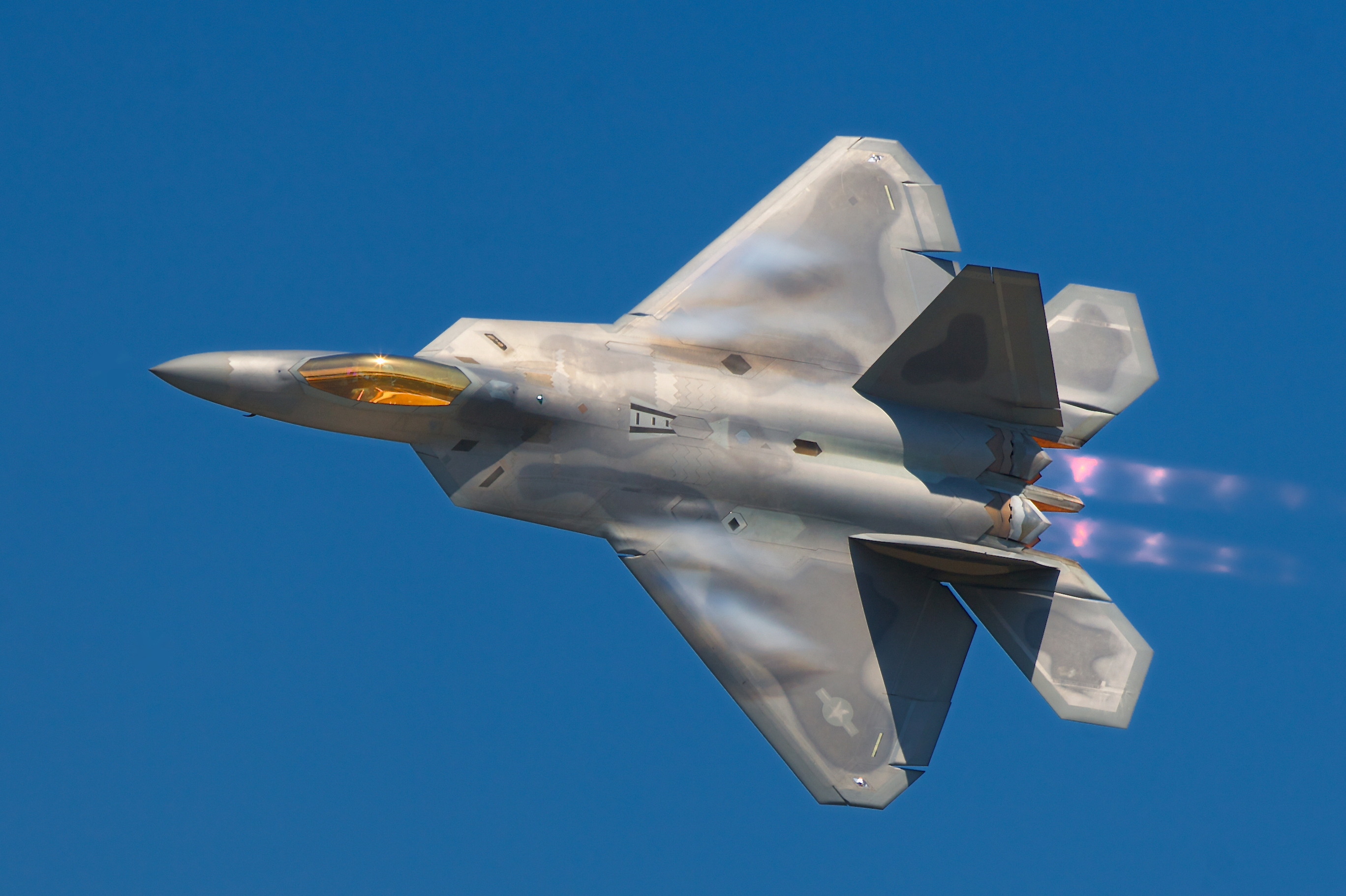William D. Hartung
Writer | TomDispatchEditor’s Note:
Roger Kotila, Ph.D
President, Democratic World Federalists
Given his erratic behavior, from daily Twitter eruptions to upping his tally of lies by the hour, it’s hard to think of Donald Trump as a man with a plan. But in at least one area — reshaping the economy to serve the needs of the military-industrial complex — he’s (gasp!) a socialist in the making.
His plan is now visibly taking shape — one we can see and assess thanks to a Pentagon-led study with a distinctly tongue-twisting title: “Assessing and Strengthening the Manufacturing and Defense Industrial Base and Supply Chain Resiliency of the United States.” The analysis is the brainchild of Trump’s adviser for trade and manufacturing policy, Peter Navarro, who happens to also be the key architect of the president’s trade wars.
Navarro, however, can hardly take sole credit for the administration’s latest economic plan, since the lead agency for developing it was also the most interested of all in the project, the Pentagon itself, in
Before jumping into its substance and implications for the American economy and national defense, let me pause a moment to mention two other small matters.
Second, how about those 300 subject matter experts? Since when does Donald Trump consult subject matter


THE SAN FRANCISCO PROMISE
Click to Learn More

A Slogan for the Ages?
Now for the big stuff.
According to Peter Navarro’s summary of the new industrial base report, which appeared as an op-ed in the New York Times, the key to the Trump plan is the president’s belief that “economic security equals national security.” When it comes to weapons manufacturing, the administration’s approach involves building a Fortress America economy that will depend as little as possible on foreign suppliers. Consider it just the latest variation on Trump’s “America First” economic strategy, grounded in its unapologetic embrace of nationalism. As a slogan, “economic security equals national security” doesn’t have quite the populist ring of “Make America Great Again,” but it’s part of the same worldview.
In a flight of grandiosity (and flattery) that must have made his boss swell with pride, Navarro suggested in his op-ed that the slogan might go down in the annals of history alongside other famed pearls of presidential wisdom. As he put it:
“McKinley’s… ‘Patriotism, protection and prosperity’… catalyzed strong economic growth. Roosevelt’s ‘Speak softly and carry a big stick’ helped transform the Navy into a military force capable of projecting power around the world. And Reagan’s ‘Peace through strength’ inspired an unprecedented rebuilding of the military that brought the Soviet Union to its knees… History will judge whether Donald Trump’s ‘economic security is national security’ joins the ranks of great presidential maxims.”
The essence of the Pentagon’s scheme for making America safe for a never-ending policy of war preparations (and war) is to organize as much of the economy as possible around the needs of military production. This would involve eliminating what Navarro describes as the “300 vulnerabilities” of the defense economy — from reliance on single suppliers for key components in weapons systems and the like, to dependence on foreign inputs like rare earth minerals from China, to a shortage of younger workers with the skills and motivation needed to keep America’s massive weapons manufacturing machine up and running. China figures prominently in the report’s narrative, with its trade and investment policies repeatedly described as “economic aggression.”
And needless to say, this being the Pentagon, one of the biggest desires expressed in the report is a need for — yes, you guessed it! — more money. Never mind that the United States already spends more on its military than the next seven nations in the world combined (five of whom are U.S. allies). Never mind that the increase in Pentagon spending over the past two years is larger than the entire military budget of Russia. Never mind that, despite pulling tens of thousands of troops out of Iraq and Afghanistan, this country’s spending on the Pentagon and related programs (like nuclear warhead work at the Department of Energy) will hit $716 billion in
As it happens, the Pentagon chose the wrong 300 experts. The new plan, reflecting their collective wisdom, is an economic and security disaster in the making.
Consider it beyond ironic that some of the same experts and organizations now suggesting that we bet America’s future on pumping up the most inefficient sector of our economy — no, no, I didn’t mean the coal industry, I meant the military-industrial complex — are conservative experts who criticized the Soviet Union for the very same thing. They still claim that it imploded largely because Washington cleverly lured its leaders into devoting ever more of their resources to the military sector. That, they insist, reinforced a rigidity in the Soviet system which made it virtually impossible for them to adapt to a rapidly changing global economic landscape.
Our military buildup, they still fervently believe, bankrupted the Soviet Union. Other analysts, like the historian Lawrence Wittner, have questioned such a view. But for the sake of consistency, shouldn’t conservatives who claimed that excessive military spending did in the Soviets be worried that President Trump’s policy of massive tax cuts for the rich, increased Pentagon spending, and trade wars with adversaries and allies alike might do something similar to the United States?

Donate

Become a Member
By Becoming a member of the DWF, you help to keep us by running our basic operations and promoting our ideas.

What Would a Real Industrial Policy Look Like?
Industrial policy should not be a dirty word. The problem is: the Pentagon shouldn’t be in charge of it. The goal of an effective industrial policy should be to create well-paying jobs, especially in sectors that meet pressing national needs like rebuilding America’s crumbling infrastructure and developing alternative energy technologies that can help address the urgent dangers posed by climate change.
The biggest economic challenge facing the United States today is how to organize an economic transition that would replace jobs and income generated by dysfunctional activities like overspending on the Pentagon and subsidizing polluting industries. The argument that the Pentagon is crucial to jobs production in America has been instrumental in blocking constructive changes that would benefit both the environment and true American security. Members of Congress are, for example, afraid to jettison questionable weapons programs like the F-35 combat aircraft — an immensely costly, underperforming fighter plane that may never be ready for combat — for fear of reducing jobs in their states or districts. (The same is true of the coal and petroleum industries, which endlessly play up the supposed job-creating benefits of their activities.)
Where could alternatives to Pentagon job-creation programs come from? The short answer is: invest in virtually anything but buying more weapons and waging more wars and Americans will be better off. For instance, Pentagon spending creates startlingly fewer jobs per dollar than putting the same taxpayer dollars into infrastructure repair and rebuilding, alternative energy creation, education, or health care. A study conducted by University of Massachusetts economist Heidi Garrett-Peltier for the Costs of War Project at Brown University found
What is World Federalism?
World Federal Government (WFG)
As for the president’s much touted, dramatically overblown claims about the jobs to be had from arms exports, the global arms market represents only a tiny fraction of the growing market for renewable energy technologies. If the goal is to produce jobs via exports, developing technologies to tap the huge future market in renewables, which one study suggests could hit $2.1 trillionby 2025, would leave weapons systems in the dust. After all, that’s about 20 times the current size of the total global arms trade, which clocks in at about $100 billion annually. But an analysis by Miriam Pemberton and her colleagues at the Institute for Policy Studies indicates that the United States spends 28 times as much on its military as it does on genuinely job-creating programs designed to address the threat of climate change.
Such actions would be a good start — but just a start — when it comes to reducing the dependency of the United States economy on guns and pollution. Of course, the Trump administration doesn’t have the faintest interest in any of this. (It would apparently rather cede the lucrative future market in renewable energy to China, with barely a fight.)
Still, the question remains: What would such a shift in priorities mean for the defense industrial base? If you accept the premise that the U.S. government needs to run a permanent war economy (and also fight never-ending wars across a significant swath of the planet), some of the Pentagon’s recommendations might almost make sense. But a foreign policy that put more emphasis on diplomacy — one that also thought it important to address non-military dangers like climate change — wouldn’t require such a large military production network in the first place. Under this scenario, the alarmist argument that the U.S. won’t be able to defend itself without stepping up the militarization of our already exceedingly militarized economy suddenly becomes unpersuasive.
But let’s give the weapons sector some credit. Its CEOs are working assiduously to build up local economies — overseas. Saudi Arabia’s long-term economic plan, for instance, calls for 50% of the value of its weapons purchases to be spent building up its own military industry. U.S. weapons giants like Raytheon and Lockheed Martin have been quick to pledge allegiance to that plan, setting up subsidiaries there and agreeing to have systems like helicopters assembled in Saudi Arabia, not the United States. Meanwhile, Lockheed Martin is helping the United Arab Emirates develop the capability to produce robot-controlled machine tools that are in great demand in the defense and aerospace industries. And the F-35 program is creating production jobs in more than a dozen countries, including assembly plants in Italy and Japan.
Raytheon CEO Thomas Kennedy summed up this approach when he discussed his company’s growing partnership with Saudi Arabia: “By working together, we can help build world-class defense and cyber capabilities in the Kingdom of Saudi Arabia.” And keep in mind that these are the jobs from so many of those Saudi weapons sales that President Trump keeps bragging about. Of course, while this may be bad news for American jobs, it works just fine as a strategy for keeping the profits of U.S. arms makers stratospheric.
Making the transition from Peter Navarro’s “economic security equals national security” to an economy far less dependent on over-the-top military spending would mean a major shift in budget priorities in Washington, a prospect that is, at the moment, hard to imagine. But if the Pentagon can plan ahead, why shouldn’t the rest of us?
Original Publisher
TruthDigWilliam D. Hartung, a TomDispatch regular, is the director of the Arms and Security Project at the Center for International Policy. His most recent book is Prophets of War: Lockheed Martin and the Making of the Military-Industrial Complex.

